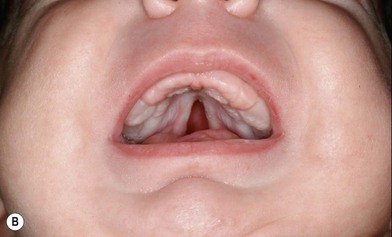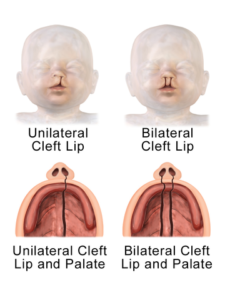

ResultsĬhildren and adolescents presented with significantly higher speech composite scores (median 4, range 1–6) than adults (median 1, range 0–5). TCS severity scores of phenotypic expression and total scores of Nordic Orofacial Test-Screening (NOT-S) measuring orofacial dysfunction were used in analyses of correlation with speech characteristics (speech composite scores). A speech composite score (0–6) was calculated to reflect the variability of speech deviations. MethodsĪrticulation, nasal resonance, voice and intelligibility were examined in 19 individuals (5–74 years, median 34 years) divided into three groups comprising children 5–10 years (n = 4), adolescents 11–18 years (n = 4) and adults 29 years and older (n = 11). Exploring speech features and investigating if speech function is related to phenotypic severity are essential for optimizing follow-up and treatment.

However, reports on the impact of these malformations on speech are few. Characteristic hypoplastic malformations of the ears, zygomatic arch, mandible and pharynx have been described in detail.

There are also reported cases of cochlear involvement and sensorineural hearing loss. In addition to ear malformations, a conductive hearing loss can be present, typically ranging from mild to severe. (2001) found that 95% of individuals with this syndrome have an ear malformation of some type. These malformations can be in the form of preauricular ear pits, complete absence of the auricle, stenosis or atresia of the external auditory canal, ossicular malformations, middle ear deformities, and incomplete pneumatization of the temporal bone. Individuals with hemifacial microsomia, also called oculoauriculo-vertebral spectrum, often have ear malformations.


 0 kommentar(er)
0 kommentar(er)
